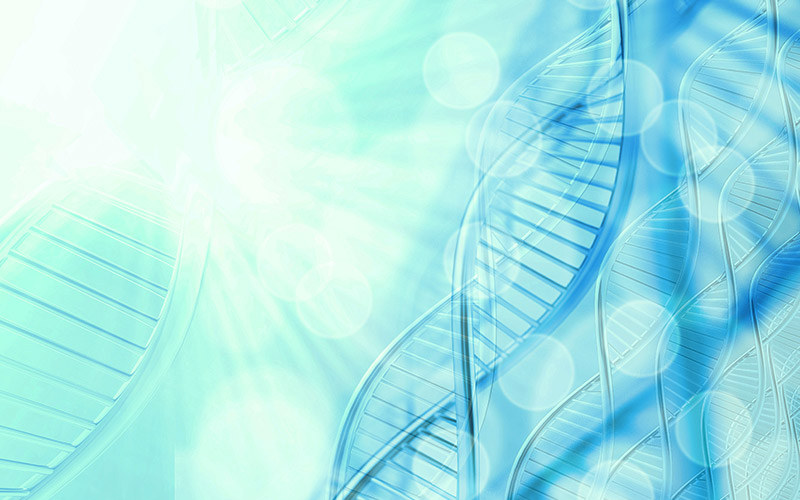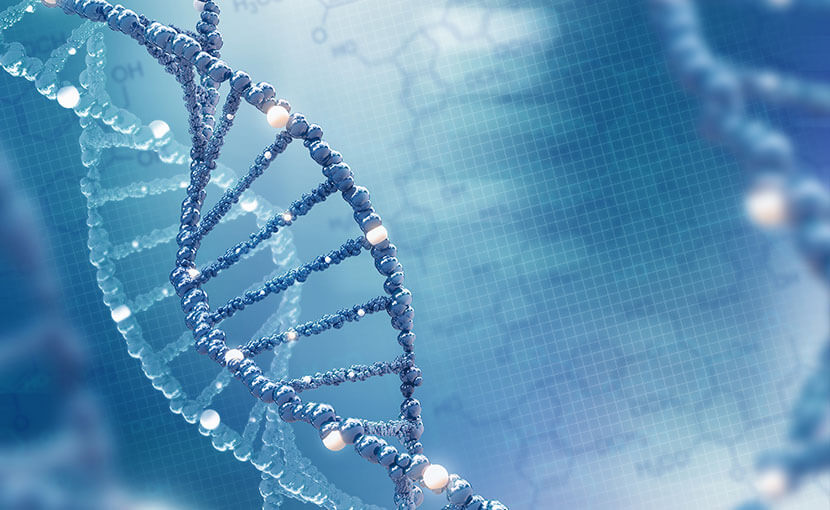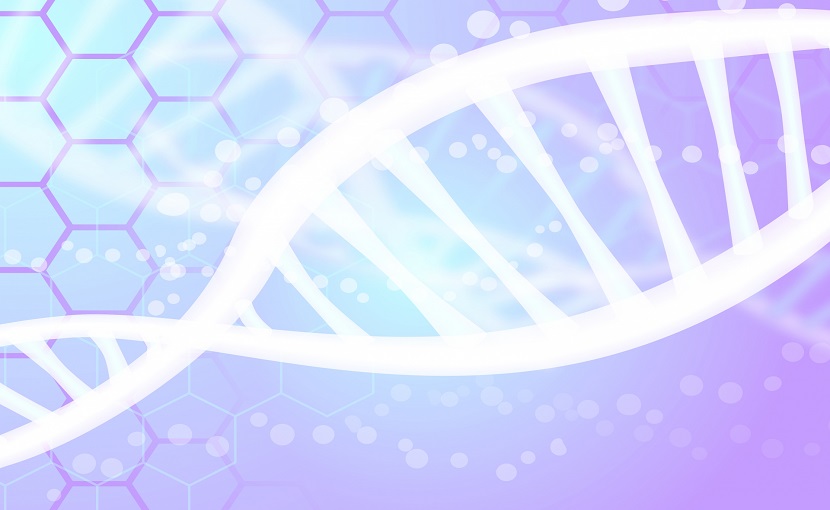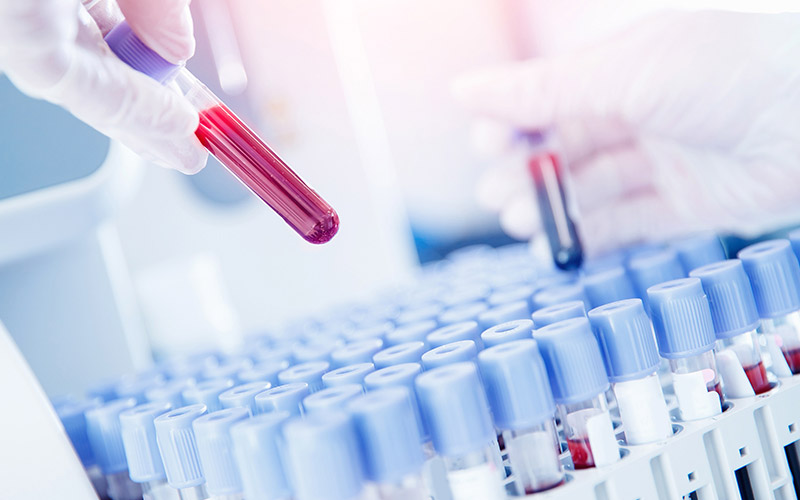Diseases and other parameters that can be detected by NIPT
“I recently heard about a test called NIPT, but what exactly does this test tell us?”
NIPT is simply a genetic test for pregnant women and their babies.
This test is particularly accurate in detecting diseases that alter the number of chromosomes,
such as Down syndrome, when compared to traditional tests.
This is where things get a little more difficult.
Humans have 46 chromosomes, usually consisting of autosomes (22 x 2) and sex chromosomes (XY, XX).
However, changes in the number and shape of chromosomes can occur. For example, there are cases where there should be
two chromosomes 21, but there are three. This is called trisomy 21 (Down syndrome).
Also, when there is an excess or deficiency in the amount of chromosomes. Excess or deficiency of genes occurs, leading
to congenital diseases and physical conditions (chromosomal diseases). This has a great effect on your baby’s growth.
many opportunities for media coverage, it is also true that there are more sex chromosome abnormalities and diseases in which some genes are missing or increased (all autosomal whole region partial deletion/duplication diseases) than you might think.
- 21 trisomy (Down syndrome)
- 18 trisomy (Edwards syndrome)
- 13 trisomy (Patau syndrome)
- Identification of aneuploidy of sex chromosomes
- Klinefelter’s syndrome
- Turner syndrome
- XXX syndrome
- XYY syndrome
- Sex/Gender Determination
- All autosomal whole region partial deletions and duplications
There have been many undiagnosed cases because genetic testing has not been done very often in the past.
Trisomy in chromosomes 21, 18, and 13

Among congenital diseases caused by changes in the number of 44 chromosomes, chromosome 21 trisomy, chromosome 18 trisomy, and chromosome 13 trisomy are the most frequent.
These three diseases are characterized by the following:
Trisomy 21 (Down’s syndrome)
It is caused by a number of copies of chromosome 21 and is also known as Down syndrome.
Down syndrome is the most common intellectual disability caused by genetic problems, and its physical characteristics include grow impairment, loss of muscle tone, and distinctive facial features.
Complications include thyroid disease, otolaryngological disease, ophthalmological disease, etc.
Some may also have organ damage, such as congenital heart disease, which may require medical treatment.
The average IQ of people with this condition is said to be 50.
Many of these children attend local schools or special needs schools while using support classes.
They may be active in sports, the arts, and many other areas.
Life expectancy is most commonly 50-60 years.
Image search for chromosome 21 trisomy through Bing
Trisomy 18 (Edwards syndrome)
It is also known as Edwards syndrome, and is caused by a high number of copies of chromosome 18.
Results may be developmental failure in utero, most often resulting in miscarriages or stillbirths.
Its physical characteristics include growth impairment from the fetal stage, and breathing and eating disorders.
Complications include heart disease (90%), gastrointestinal malformations, cleft lip and palate, and joint contractures.
Even if a child with this condition is born alive, most have multiple birth defects in the brain, heart, and other areas, and many die before the age of one.
Those children who do survive develop intellectual disabilities and developmental problems.
Image search for chromosome 18 trisomy through bing
Trisomy 13 (Patau syndrome)
It is also known as Patau syndrome, and is caused by a loss of three of the 13th chromosomes.
Most children with this condition will have congenital defects in the brain and other organs.
Their physical characteristics include growth impairment ,and breathing and eating disorders.
Complications include cleft lip and palate, polydactyly, eye disease, heart disease (80%), and holoprosencephaly,
which are congenital defects in the brain and organs.
Most of the children with this condition are miscarried or stillborn, and 80% of those who survive at birth die before the age of one month. 10% of the children with this condition die within a year of birth.
When a child is born with mosaicism, in which all 13 chromosomes are mixed together instead of three, the disease is known to be slightly less severe.
Image search for chromosome 13 trisomy through bing
Abnormality in the number of sex chromosomes

Sex chromosome disorders are often associated with abnormal numbers. This is caused by chromosome disjunctions.
Here are some cases of sex chromosome aneuploidy:
Klinefelter syndrome
47,XXY、48,XXXY、46,XY / 47,XXY
This happens in 1 per 1,000 new-born male babies.
About half of all cases of Klinefelter syndrome are caused by chromosome disjunctions in the father.
Maternal-derived disjunctions are influenced by the mother’s age at birth.
It is not noticed at an early age because of its outward appearance as a male.
The symptoms include poor development of secondary sexual characteristics (poor development of body hair and muscle tissue), tendency toward feminization (breast development), large limbs and long lower legs (tall stature), and small testicles and azoospermia (infertility).
There is little or no intellectual decline or survival impairment; however, and the more X’s there are, the more cases with intellectual decline there are.
Image search for Klinefelter’s syndrome through bing
Turner syndrome
45,X
This happens in 1 per 2,500 new-born female babies.
Turner syndrome is not age-dependent on the mother.
About 80% of cases are found as monosomies (one X chromosome), where the X chromosome is known to be of maternal origin and the paternal origin is often lost.
10% of cases of X monosomy result in spontaneous abortion, and 15% of all pregnancies result in miscarriage.
It is not yet known what causes the difference between spontaneous abortions and those that result in birth.
In appearance, the child is female. Symptoms include lymphedema, cubitus valgus and webbed neck, short stature, delayed sexual maturation, and amenorrhea.
Image search for Turner Syndrome through bing
XXX syndrome (Triple X syndrome)
47,XXX
This happens in 1 per 1, 000 new-born female babies.
XXX syndrome, like normal women, has one X activity, so there are no obvious physical findings
because two of the three Xs are inactive (not capable of being genetically related).
They are also fertile.
Image search for Triple X syndrome through bing
XYY syndrome
47,XYY、48,XXYY
This happens in 1 per 1, 000 new-born female babies.
XYY syndrome has no obvious physical findings other than height.
Image search for XXY syndrome through bing
Sex/Gender Identification
The sex of the fetus is determined by the chromosomes carried by the father’s sperm.
Therefore, the sex is already determined when the egg is fertilized. If the mother’s egg is fertilized by a sperm carrying a Y chromosome,
it will be a boy; if the egg is fertilized by a sperm carrying an X chromosome, it will be a girl.
While the sex of the fetus can generally be determined after 18 to 20 weeks of pregnancy by ultrasound, NIPT can determine the sex of the fetus from 10 weeks.
The most appropriate way to find out the sex of the fetus is to test in families with X-linked recessive heritable diseases.
When an X-linked recessive gene is present in the fetus’s grandfather, his daughter is usually a carrier (carries the abnormal gene but has no symptoms).
When the daughter becomes pregnant, then perform a sex/gender determination, and if it is a boy, there is a 50% chance that the child will develop that syndrome.
If it is a girl, 50% will be carriers.
Of course, the remaining 50% of boys and 50% of girls are genetically normal, so the gene will not be passed on to their descendants in the future.
All autosomal partial deletion syndrome
(to see if some regions of autosomes are missing or increased)

Called by the complicated term chromosomal aberrations, all-autosomal whole region partial deletion diseases are too small to be detected by ordinary chromosome examinations. Therefore, diagnosis requires confirmation by special tests. The Ministry of Health, Labour and Welfare (MHLW) has recognized it as a designated intractable disease.
This test can be performed only at laboratories that have VeriSeqNIPT Solution V2, and as of June 12, 2021, the only laboratories in Japan that can perform the test are the Tokyo Clinical Laboratory, which is affiliated with HUMEDIT NIPT, which has VeriSeqNIPT Solution V2. We initially thought that this abnormality would be rare before testing, but after testing nearly 10,000 pregnant women, we found that about one in 285 had the abnormality. It is known that the amount of genetic change (increase or decrease) is related to the severity of the disease; a deletion or duplication of more than 7 million bases is likely to result in birth with some disease, even if it is not as severe as a normal trisomy or monosomy. For example, if a child has a chromosome 1 trisomy (no mosaicism), it is almost impossible for the child to survive, but if the child has a partial deletion or duplication of chromosome 1, it is quite possible for the child to survive. HUMEDIT NIPT believes that there is a possibility of survival in spite of the disorder.
The laboratory’s sequencer cannot detect deletions or duplications of less than 7 million bases, but it can examine all autosomal regions for partial deletions and duplications.
Below is a list of typical deletion syndrome (Not all of these syndromes can be detected.):
1p36 deletion syndrome
The 1p36 deletion syndrome is a birth defect caused by the absence of a very small site on the shorter arm of chromosome 1.
A child born with this syndrome may display distinctive facial features, delayed mental development, and epileptic seizures (convulsions, disorientation).
They may also be born with heart problems.
Image search for 1p36 deletion syndrome trisomy through Bing
4p deletion syndrome (Wolff-Hirschhorn syndrome)
The 4p deletion syndrome, called Wolff-Hirschhorn syndrome, is a birth defect caused by the absence of a site on the short arm of chromosome 4.
A child born with this syndrome may have severe mental developmental delays, growth impairment, intractable epilepsy, and multiple morphological abnormalities.
Image search for 4p deletion syndrome through Bing
5p deletion syndrome (Cri-du-chat/cat’s cry syndrome)
The 5p deletion syndrome, also known as cri-du-chat syndrome, is a birth defect caused by the absence of a site on the short arm of chromosome 5.
A child born with this syndrome may be underweight, may have growth impairments, and may cry in a high-pitched, cat-like cry.
The child may have decreased muscle tone, and delayed psychomotor development.
Image search for cri-du-chat syndrome through bing.
15q11.2 deletion syndrome (Prader-Willi syndrome and Angelman syndrome)
Also know as Prader-Willi syndrome, and it is a birth defect caused by a single faulty imprinted gene on the long arm of chromosome 15.
A child with this syndrome may have poor muscle tone (hypotonia), hypopigmentation, and poor formation of external sex organs.
Image search for Prader-Willi syndrome through Bing
Also known as Angelman’s syndrome, and it is an innate disorder caused by a single cause, loss of function of the imprinted gene UBE3A located on chromosome 15, q11-q13.
A child with this syndrome may have severe mental developmental delay, epilepsy, ataxic movement disorder, behavioral abnormalities, sleep disturbances, hypochromia, and distinctive facial features.
Image search for Angelman syndrome through Bing.
22q11.2 Deletion syndrome (Di George syndrome)
Also known as Di George syndrome, and it is a birth defect caused by the absence of about 30 genes located in a very small site on chromosome 22.
A child with this syndrome may have congenital heart disease, delayed mental development, distinctive facial features, immunocompromised, cleft palate/soft palate closure, nasal voice, and hypocalcemia.
Image search for Di George Syndrome through Bing
All Chromosome Aneuploidy Test
( To check for abnormalities in the numbers)

At HUMEDIT NIPT, all chromosomes (chromosomes 1 to 22, X and Y chromosomes) including chromosomes other than 21, 18, and 13 trisomies can be tested.
There are many cases with mosaicism, in which all chromosomes in all cells are trisomic, have a poor chance of survival, but there are also mosaic cases in which all chromosomes from chromosome 1 to chromosome 22 have survived. The ratio of such cases is increasing due to the aging of pregnant women. HUMEDIT NIPT offers the Over 35 Plan, which includes this test.
It is especially recommended for pregnant women over 35 years of age. This test is commonly performed in countries with advanced conceptualization, such as Belgium.



